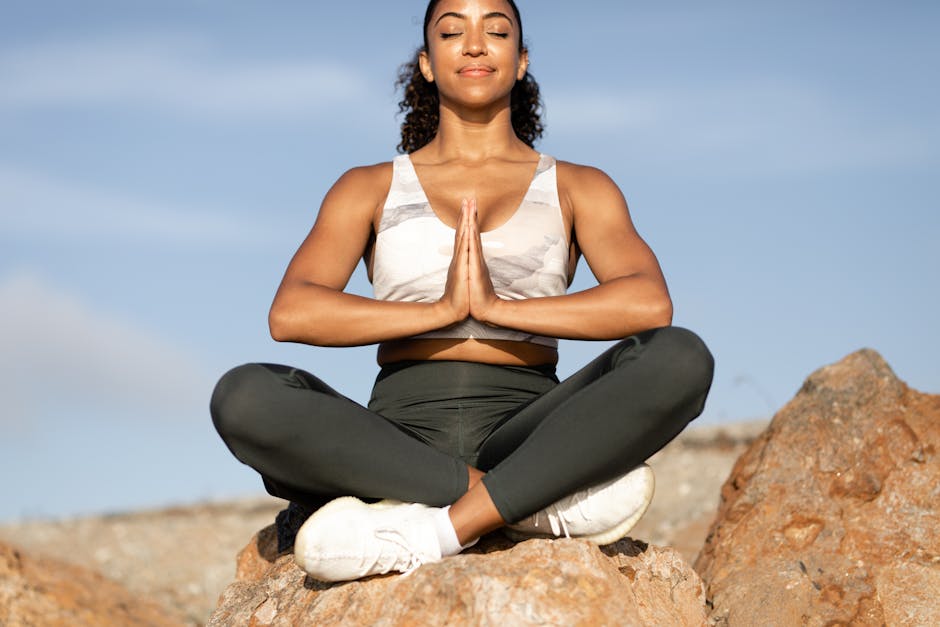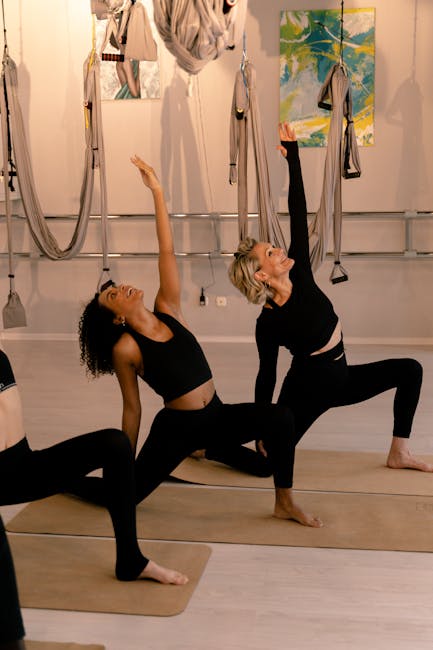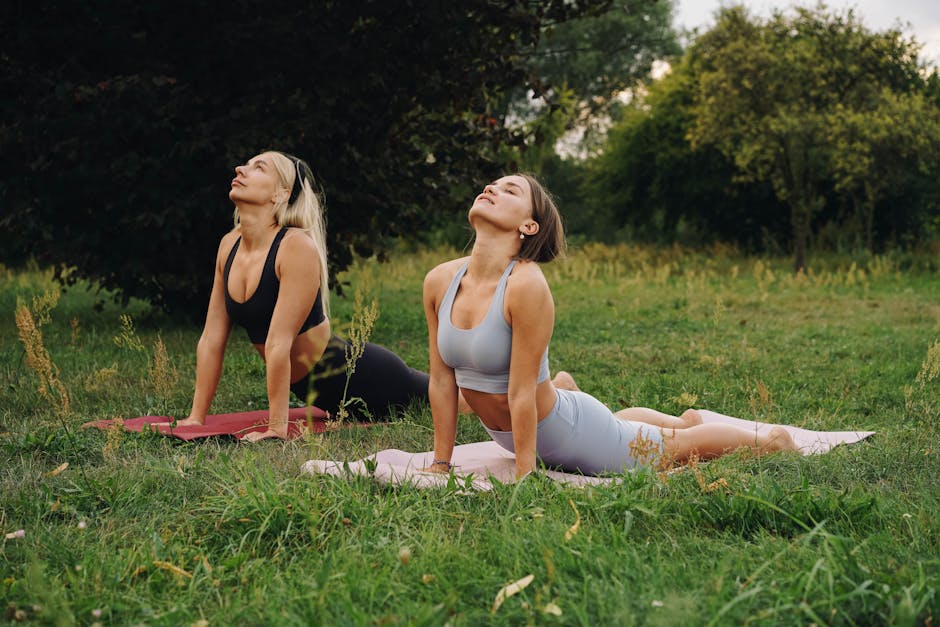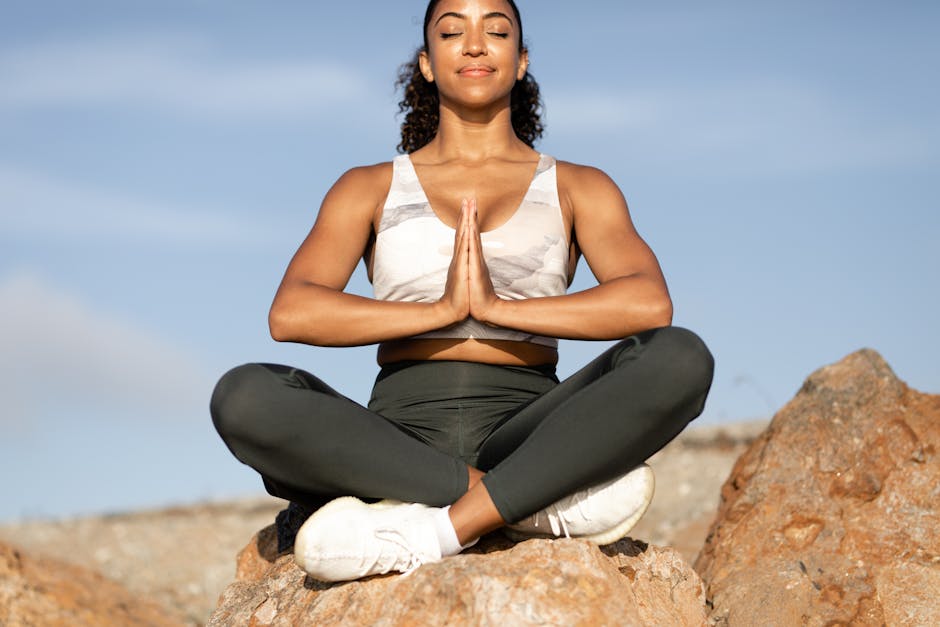Unlocking Partner Power: The Ultimate Guide to 2 Person Yoga Poses
Introduction to Partner Yoga: Strengthening Bonds and Bodies
Partner yoga, also known as AcroYoga or couple yoga, transcends the typical solo practice. It’s a dynamic and engaging experience that fosters connection, builds trust, and enhances physical strength and flexibility. This comprehensive guide explores a diverse range of two-person yoga poses, catering to various skill levels and providing detailed instructions for a safe and rewarding practice.
Benefits of Practicing 2 Person Yoga Poses
The advantages of partner yoga extend beyond physical fitness. It’s a powerful tool for:
- Enhanced Strength and Balance: Supporting each other in poses builds muscle strength and improves balance.
- Increased Flexibility: Partner assists allow for deeper stretches and increased range of motion.
- Improved Communication and Trust: Effective partner yoga requires clear communication and mutual trust, strengthening relationships.
- Stress Reduction and Relaxation: The shared experience can be deeply calming and therapeutic.
- Fun and Engaging Workout: Partner yoga makes exercise more enjoyable and less likely to feel monotonous.
Beginner-Friendly 2 Person Yoga Poses
1. Seated Forward Bend (Paschimottanasana) with Partner Assist
This classic pose is easily adapted for partner yoga. One partner sits with legs extended, while the other gently leans forward, providing support and deepening the stretch.
- Partner 1 sits with legs extended, spine straight.
- Partner 2 sits behind Partner 1, placing hands on their lower back for support.
- Partner 1 exhales and folds forward, Partner 2 assists by gently pressing on the lower back, encouraging a deeper stretch.
- Hold for 30 seconds, then repeat.
2. Supported Backbend (Urdhva Dhanurasana Variation)
This pose allows for a safe and supported backbend. One partner acts as the base, while the other rests on their legs, opening the chest and shoulders.
- Partner 1 lies on their back, knees bent, feet flat on the floor.
- Partner 2 sits with their legs extended near Partner 1’s feet.
- Partner 1 places their feet on Partner 2’s shoulders or upper thighs.
- Partner 1 slowly raises their torso, using Partner 2 for support and balance. Partner 2 provides a stable base.
- Hold for 15-30 seconds, then gently lower.
3. Partner Tree Pose (Vrksasana)
This variation on the Tree Pose helps improve balance and focus. One partner provides a steady base, supporting the other as they find their balance.

- Partner 1 stands with feet hip-width apart.
- Partner 2 stands behind Partner 1, gently holding their waist or shoulders for support.
- Partner 1 lifts one leg, placing the sole of the foot on the inner thigh or calf of the standing leg.
- Partner 2 provides gentle support, maintaining balance. Both partners focus on breath and stability.
- Hold for 30 seconds, repeat on the other side.
Intermediate 2 Person Yoga Poses
4. Supported Handstand (Adho Mukha Vrksasana)
This requires trust and good communication. One partner acts as a spotter, assisting the other to achieve a handstand. Remember safety is paramount.

- Partner 1 starts in a downward-facing dog position.
- Partner 2 stands behind, providing support at the hips or waist.
- Partner 1 kicks up into a handstand, while Partner 2 provides gentle support and guidance to maintain balance.
- Hold for as long as comfortable, lowering down with control.
5. Partner Boat Pose (Paripurna Navasana)
This pose strengthens the core and improves balance. Partners assist each other in maintaining the posture.
- Partners sit facing each other, legs extended.
- Each partner extends their arms towards the other, holding hands.
- Together, they lift their legs off the ground, maintaining balance and core engagement. Partners can support each other’s backs if needed.
- Hold for 15-30 seconds.
6. Partner Wheel Pose (Urdhva Dhanurasana)
A challenging yet rewarding pose requiring strength and trust. One partner lies on their back while the other assists in lifting them into a backbend. Proper alignment is critical.

- Partner 1 lies on their back, knees bent, feet flat on the floor.
- Partner 2 stands at their side.
- Partner 2 assists Partner 1 in lifting their hips and back, creating a wheel-like shape.
- Partner 2 supports Partner 1’s hips and lower back to ensure proper alignment and prevent injury.
- Hold for 15-30 seconds, slowly lowering back down.
Advanced 2 Person Yoga Poses
Advanced poses require significant strength, flexibility, and trust. It’s essential to have a solid foundation in yoga and work with a skilled partner. Always prioritize safety and listen to your body’s signals. Consult a yoga instructor for guidance before attempting these more advanced poses.
7. Acroyoga Flying Pose
Acroyoga is a more dynamic form of partner yoga which incorporates acrobatics. Flying poses require significant skill and trust. Always work with a qualified instructor.
8. Partner Shoulder Stand (Salamba Sarvangasana)
This requires a strong core and excellent alignment to prevent neck strain. One partner supports the other’s legs and shoulders as they hold the shoulder stand, ensuring the correct posture. This is best done under the guidance of an experienced yoga teacher.
Safety Precautions for Partner Yoga
- Communication is key: Open and clear communication is crucial throughout the practice.
- Start slowly: Begin with simpler poses before moving onto more challenging ones.
- Listen to your body: Don’t push yourself beyond your limits.
- Warm up properly: Prepare your body with light exercises and stretches before starting.
- Maintain proper alignment: Focus on alignment to prevent injuries.
- Trust your partner: A strong bond of trust is essential for safe and effective partner yoga.
- Choose a suitable partner: Both partners should be physically able to support each other and of similar skill levels.
- Use appropriate props: Bolsters, blocks, and straps can enhance safety and comfort.
- Seek guidance from a qualified instructor: Especially for more challenging poses.
Conclusion: Embracing the Joy of Partner Yoga
Partner yoga offers a unique and enriching experience, blending physical practice with emotional connection. By following these guidelines, and embracing the principles of safety, communication, and trust, you can unlock the transformative power of partner yoga and enjoy a fulfilling and rewarding practice with your partner.



